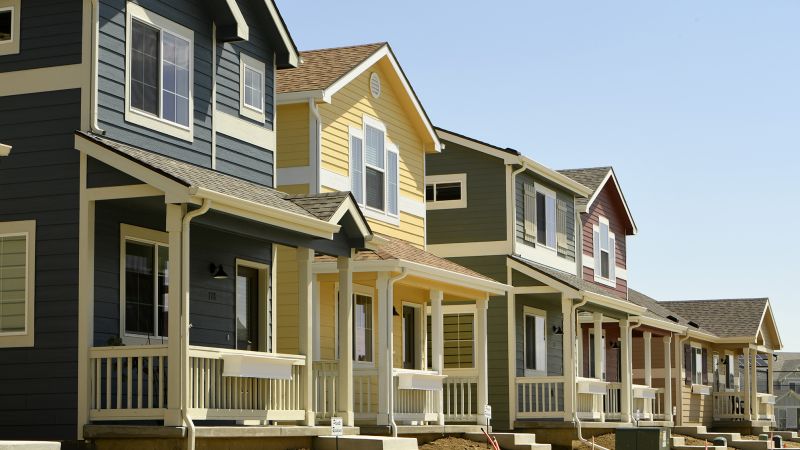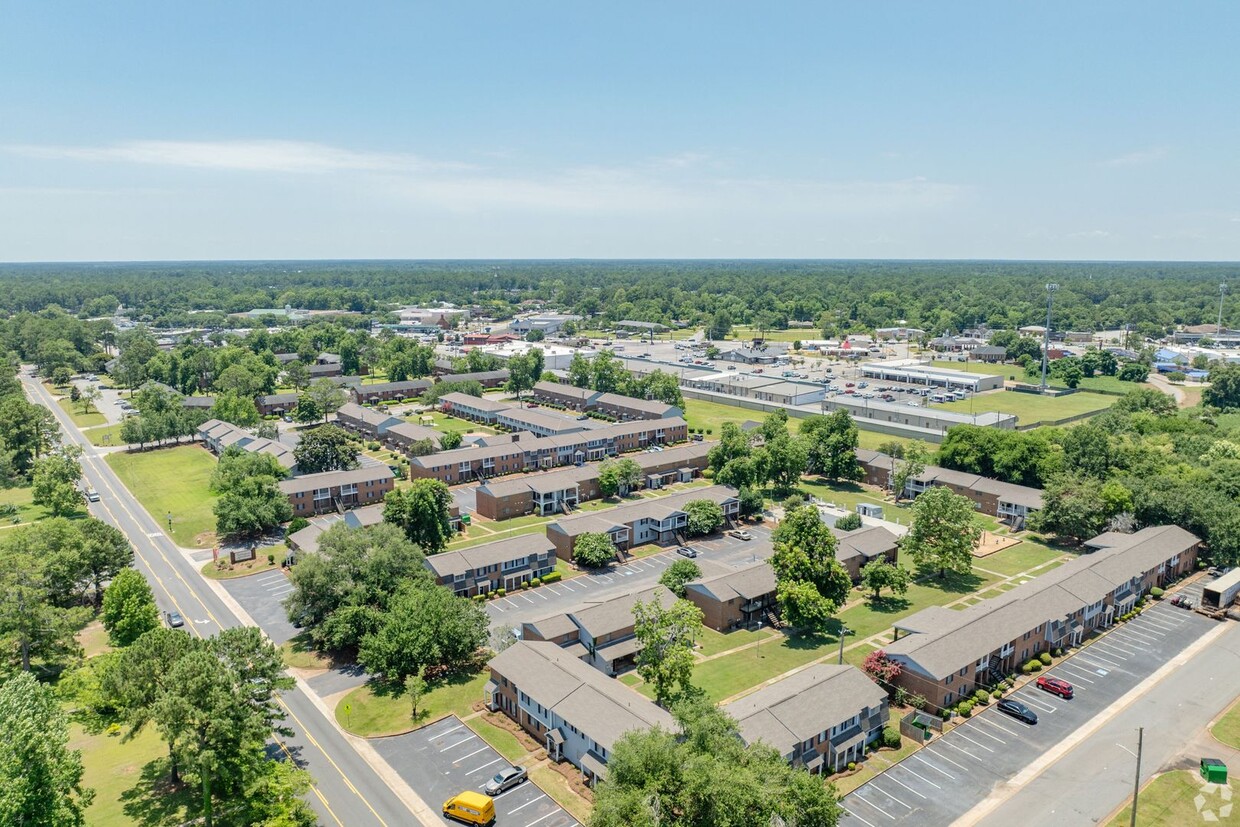Top 5 Reasons to Invest in Affordable Housing
Top 5 Reasons to Invest in Affordable Housing
Real Estate .. It’s about the safest Investment in the World .. So let’s look at Affordable Housing Portfolio Investments. They can be lucrative for a variety of reasons.
It’s no secret that there’s a severe shortage of affordable housing in the U.S. The National Low Income Housing Coalition put out a report in March of 2021 which estimates a gap of 6.8 million affordable and available units for what are known as extremely low-income renters, a HUD definition meaning a household income of less than 30% of area median income, or AMI.
Current efforts don’t appear to be able to bridge this massive gap, either. A Wall Street Journal article from two years ago highlights how, at that moment, developers have overwhelmingly been building luxury units, with very little focus on affordable housing except where required by law.
Investment, too, appears to be highly concentrated on top-tier apartment buildings across major markets. So, what is the upside to making an investment play in affordable housing? Check out five key reasons below.
1. Affordable Housing Has Profit Potential
While luxury assets have the potential for higher margins, the fact remains that Class A, upscale communities tend to have higher vacancies almost universally compared with affordable housing properties. While buying an affordable housing asset could be seen as a riskier option, due to the potential for historical deferred maintenance issues and perceptions of higher rental arrears, investors in this space generally can take advantage of significantly lower-cost loan options — like the HUD 223(f) to finance an acquisition.
2. Affordable Housing Properties Offer Consistent Returns
Another big plus of the affordable housing sector is its ability to deliver consistent income to landlords. For owners of Section 8 housing, the Department of Housing and Urban Development agrees to cover any difference between a contracted, subsidized rental rate and what a resident can pay through the use of HAP contracts. This essentially means that, even should a resident become unemployed, the government will pick up the tab in ensuring rent is paid.
3. Even in a Downturn, Affordable Housing Stays Strong
The ability of affordable housing to weather a recession is one of its greatest strengths and certainly sets it apart from luxury properties — especially when it comes to large cities across the country. Although high-end rental rates skyrocketed last year, up nearly 16% according to Yardi Matrix data, these increases were only possible due to the massive hit Class A properties took during the initial downturn of the pandemic. In times of severe economic turbulence, rental demand remains high, as many people prefer to retain liquidity and avoid purchasing homes, but this demand isn’t felt equally across property sectors. Rental units with asking prices above a market’s median are far more likely to sit vacant for months compared to affordable housing, which generally have large waiting lists with ample potential tenants.
4. Affordable Housing Tax Credits Reduce Costs
If the affordable housing asset you invest in needs some serious work, you may be able to take advantage of HUD’s Low-Income Housing Tax Credit, or LIHTC, program. This program offers tax incentives in two separate ways, covering either 30% or 70% of a rehabilitation or development project’s costs. While competition for funds can be fierce, these tax credits can make all the difference when it comes to creating additional affordable housing units in a market. Similarly, investors or developers may also be in a strong position to utilize additional credits if a property or development is located within an Opportunity Zone.
5. Affordable Housing Positively Impacts Communities
Last and certainly not least, the social impact of improving or creating affordable housing in a market brings a clear net social good to a city. Especially in many metropolitan areas where homelessness is rife, or where employees need to take on multi-hour commutes simply because housing prices have risen so far out of the reach of many, affordable housing is absolutely essential for the greater public good. Affordable housing also has many additional benefits, beyond the immediate needs of renters — there’s also a positive economic impact, from increased job opportunities to a significant increase in local consumer spending.
Related Questions
What are the benefits of investing in affordable housing?
Investing in affordable housing can bring a number of benefits, both to the community and to the investor. These benefits include increased consumer spending, improved job growth, reduced evictions, and a positive economic impact.
Increased consumer spending is one of the most obvious benefits of investing in affordable housing. When more people have access to affordable housing, they are able to spend more money in the local economy, which can help to stimulate job growth and reduce evictions.
Improved job growth is another benefit of investing in affordable housing. When more people have access to affordable housing, they are more likely to stay in the area and look for work. This can help to create more jobs in the local economy, which can help to reduce unemployment and poverty.
Reduced evictions is another benefit of investing in affordable housing. When more people have access to affordable housing, they are less likely to be evicted from their homes. This can help to reduce homelessness and improve the overall quality of life in the community.
Finally, investing in affordable housing can also have a positive economic impact. According to CommonBond.org, investing in affordable housing can lead to increased job opportunities, increased consumer spending, and increased tax revenue.
What are the risks associated with investing in affordable housing?
Investing in affordable housing can be seen as a riskier option due to the potential for historical deferred maintenance issues and perceptions of higher rental arrears. Additionally, investors may not be able to take advantage of higher margins as they would with luxury assets. However, investors in this space can take advantage of significantly lower-cost loan options, such as the HUD 223(f) loan, to finance an acquisition.
It is important to note that the Low-Income Housing Tax Credit program is extremely competitive, and investors and developers may not be able to take advantage of tax credit options.
What are the different types of affordable housing investments?
Investors have a variety of options when it comes to investing in affordable housing. These include purchasing existing affordable housing properties, developing new affordable housing projects, and investing in affordable housing-focused real estate investment trusts (REITs).
Existing affordable housing properties can be purchased through traditional financing options, such as conventional loans, or through government-backed loan programs, such as the HUD 223(f) loan program. The HUD 223(f) loan program provides long-term, fixed-rate financing for the acquisition and refinancing of multifamily properties with five or more units. The loan program is designed to help borrowers acquire and refinance existing affordable housing properties, as well as to construct new affordable housing projects.
Developers can also take advantage of government-backed loan programs, such as the Low-Income Housing Tax Credit (LIHTC) program, to finance the construction of new affordable housing projects. The LIHTC program provides tax credits to developers who build and operate affordable housing projects. The credits are then sold to investors, who can use them to reduce their tax liability.
Finally, investors can also invest in affordable housing-focused REITs. These REITs invest in a variety of affordable housing assets, including existing affordable housing properties, new affordable housing projects, and other real estate investments related to affordable housing. REITs provide investors with the opportunity to invest in a diversified portfolio of affordable housing assets without having to purchase individual properties.
What are the requirements for investing in affordable housing?
Investing in affordable housing requires a few key steps. First, you must identify a property that meets the requirements of the Department of Housing and Urban Development (HUD). This includes making sure the property is in a qualified area and meets the necessary safety and health standards. Once you have identified a property, you must then apply for a loan from HUD. The most common loan product for affordable housing investments is the HUD 223(f) loan, which offers long-term, fixed-rate financing for the acquisition or refinancing of multifamily properties. To qualify for this loan, you must have a good credit score and a debt-to-income ratio of no more than 45%. Additionally, you must have a minimum of two years of experience in real estate management and a minimum of two years of experience in the affordable housing sector.
Why take these steps on your own .. Let the experts at Simm Capital help you. At SIMM Capital our investment strategy is to seek the best assets that hold the largest opportunities to improve on management and value, delivering in rent growth year over year that will result in cash out refinance events and high quality returns. To learn more on how we can help click the link – www.simminc.com

Real Estate, It’s about the Safest Investment In The World




Recent comments